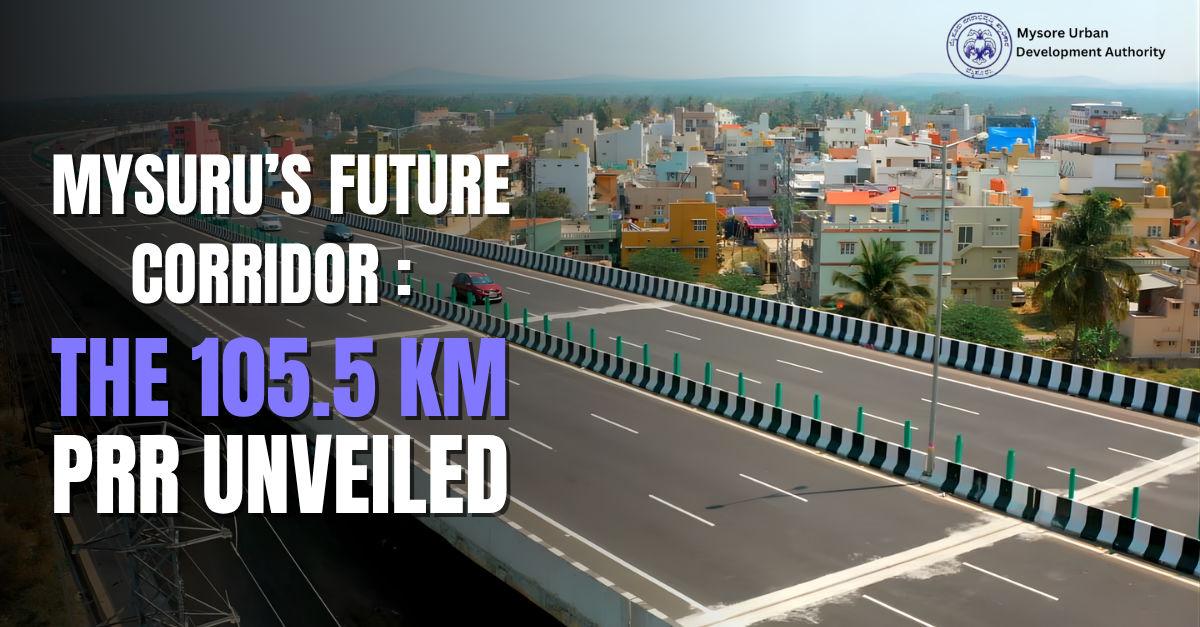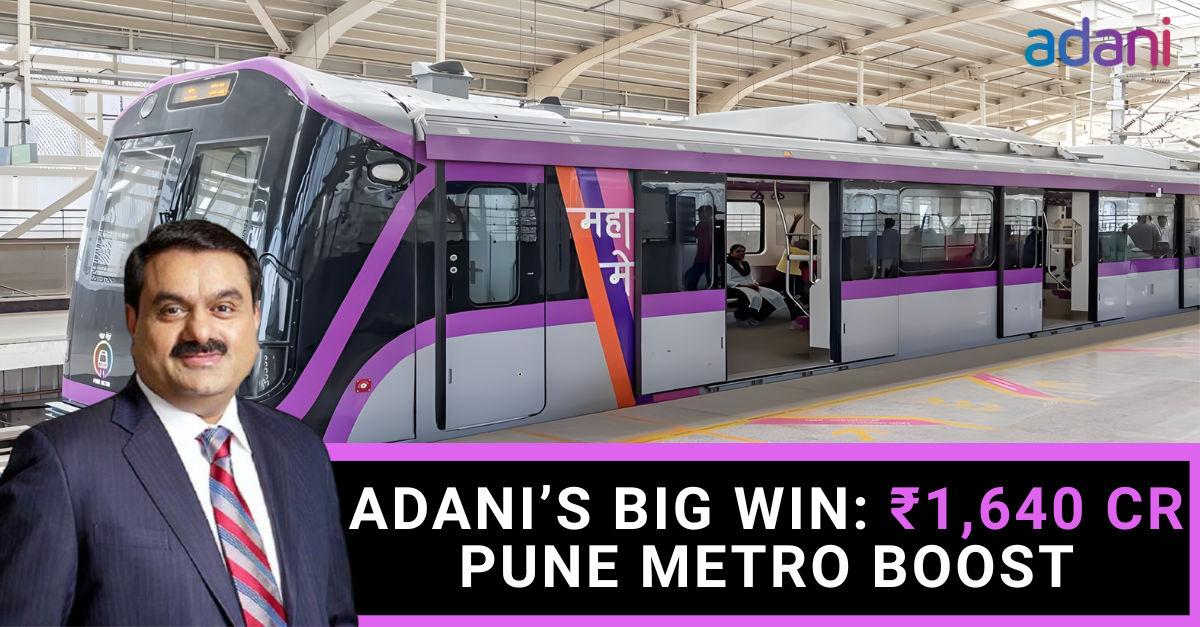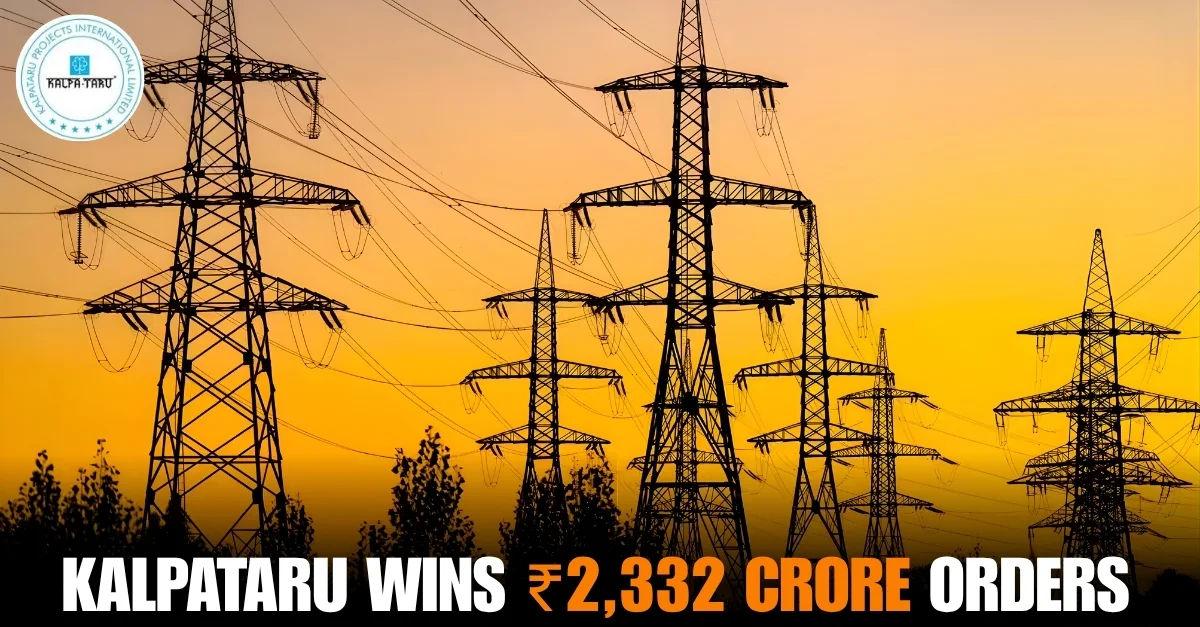Prime Minister Narendra Modi is set to launch and inaugurate a major slate of projects from Gaya today, Friday, August 22, 2025, marking what officials describe as a significant push across power, tourism, connectivity, and industrial development in Bihar. The combined value is pegged at nearly ₹13,000 crore, signalling both the commissioning of new assets and the start of fresh works under health, power, urban development and religious tourism initiatives.
The centrepiece on the power side is the commissioning of the first 660 MW unit of the Buxar thermal power project at Chausa. According to officials, a successful trial run was completed last week and electricity from this unit is planned to flow directly to grid stations at Patna, Karmanasha and Dehri-on-Sone, which is expected to strengthen supply in key load centres. Project commissioning leads on site called the unit’s start a milestone for Buxar and the wider state.
Tourism and connectivity form the second pillar of today’s announcements, with a clear emphasis on religious circuits that already see heavy seasonal traffic. Plans described for rollout include a train service under the Buddha Circuit linking Vaishali to Koderma and progress on the Sultanganj–Deoghar railway line. Road connectivity around religious hubs is also in focus, highlighted by a 1.86-km, six-lane bridge over the Ganga intended to improve access to Simaria Dham in Begusarai. Officials have also flagged the revival and promotion of Sikh sites such as Patna Sahib, the beautification of the Ramayana Circuit, and hospitality investments including five-star hotels at Rajgir and Vaishali. Rural tourism is to be encouraged through homestay programmes designed to disperse benefits beyond established centres.
Industry is the third leg of the platform, with attention on Gaya’s manufacturing and logistics prospects. At the event, leadership from allied parties have indicated that projects worth ₹1,675 crore are included for the city, alongside the inauguration of a proposed industrial corridor that aims to anchor enterprise and employment locally rather than lose it to adjoining states. The corridor is positioned as a medium-term catalyst that complements the immediate build-out in power and transport.
The venue itself underlines the scale of the programme. The Magadh University campus has been converted into one of the largest meeting sites in the region, spanning 38 acres with six waterproof mega pandals and seating reportedly arranged for more than one lakh attendees. Organisers expect footfall from across the Magadh region and neighbouring districts of Jharkhand. In view of the humid conditions and crowd density, local party officials have said that medical and paramedical teams will be on site. Security arrangements include Special Protection Group sanitisation of the venue, suspension of air traffic for the duration of the Prime Minister’s stay, and traffic curbs that require most visitors to walk over a kilometre to reach the programme area.
Politically, today’s programme has been read as a high-visibility intervention in Magadh, a region that has historically been considered a challenge for the ruling alliance. Party workers from the National Democratic Alliance have fanned out into villages with the development plank, while Janata Dal (United) leaders have publicly backed mobilisation efforts in the run-up to the event. Whatever the political readings, the development slate being unveiled and initiated today threads a common logic: increase reliable power, raise the quality and reach of connectivity, and package cultural and religious assets for sustained tourism flows that can trigger jobs. The coming months will test how quickly the Buxar unit stabilises generation, whether connectivity upgrades ease pilgrim bottlenecks during peak seasons, and how far initial investments around Gaya’s corridor can draw private follow-on capital. For residents and businesses alike, execution speed and service reliability will determine when today’s announcements translate into day-to-day improvements.







